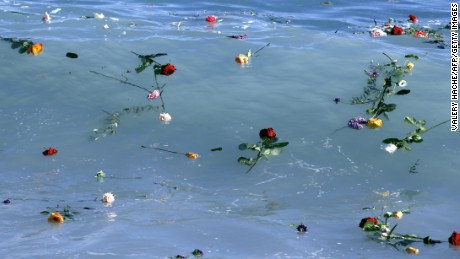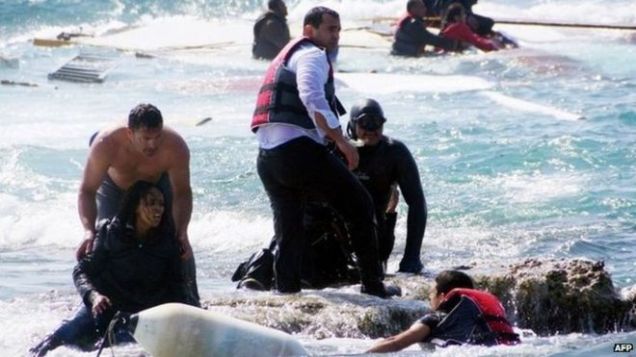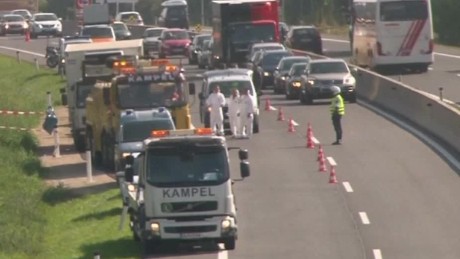Five months ago most European citizens were unaware of the number of refugees seeking to reach the richest EU Member States like Germany, France, Sweden and the United Kingdom. The first wake up call for Europe was after the Lampedusa tragedy costing the lives of more than 300 refugees on October 3rd, 2013. Europeans were shocked, as the world was, to wake up with hearing such tragedy taking place at their doorstep. From 2013 to 2015, the issue of mass-migration from Syria, Eritrea, Somalia and other countries in the region left the front pages and the minds of Europeans, but had remained extremely present in the world of experts and the International Organization for Migration was calling for actions. The second wake-up call, which marked the beginning of the seriousness of the crisis, was the shipwreck killing an estimated 900 migrants on April 19th, 2015 off the coast of Italy.
The migration crisis, aside from geopolitics and economics, is quite interesting for several reasons. Movements in policy-recommendations and policy-making by European leaders seem to have occurred in relation with direct materialization of the crisis through very powerful (in the negative sense of the term) images. Below are the most marking pictures that were featured on front pages of global newspapers. For the last four months, images of misery, death, pain, innocence have illustrated the failures of European leaders on the international stage, brought back humanity (which has been missing for too long), and the moral responsibility of all Europeans – leaders and citizens included – (read here a superb piece by Judy Dempsey).
Death at Sea – From the Lampedusa tragedy (2013) to today
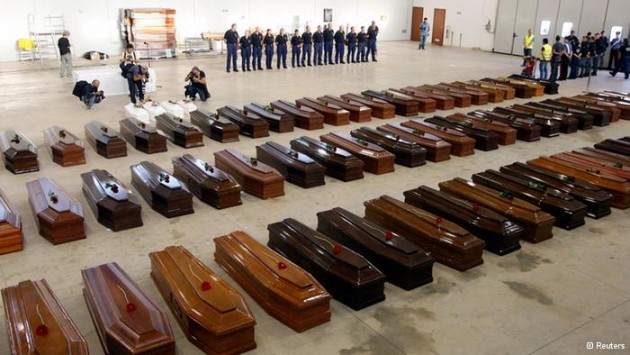
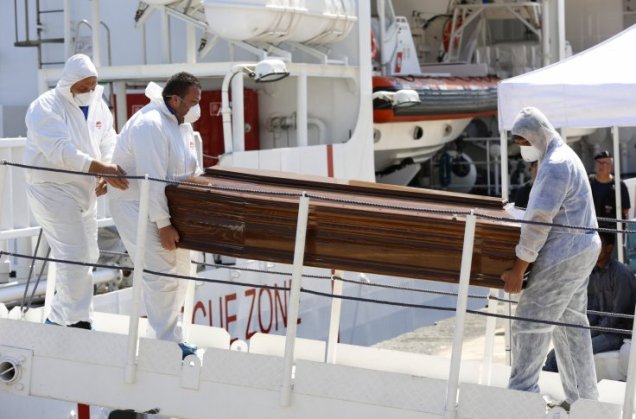
Crossing Eastern Europe
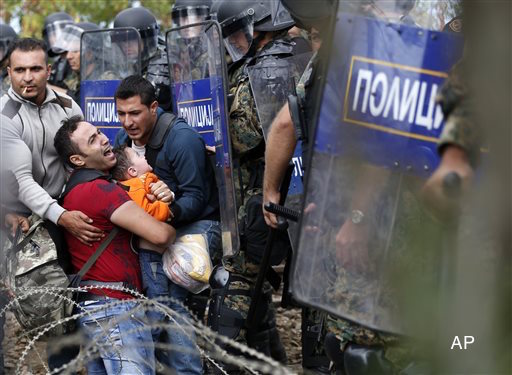

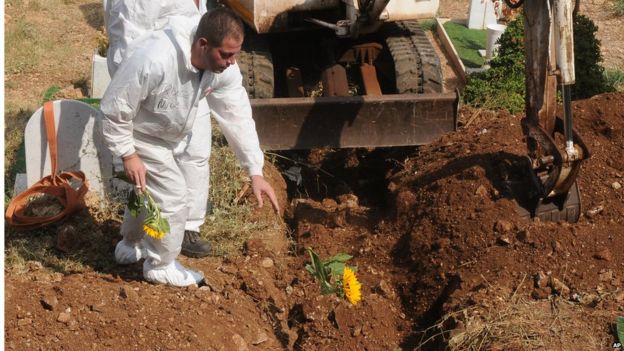
Getting to Germany
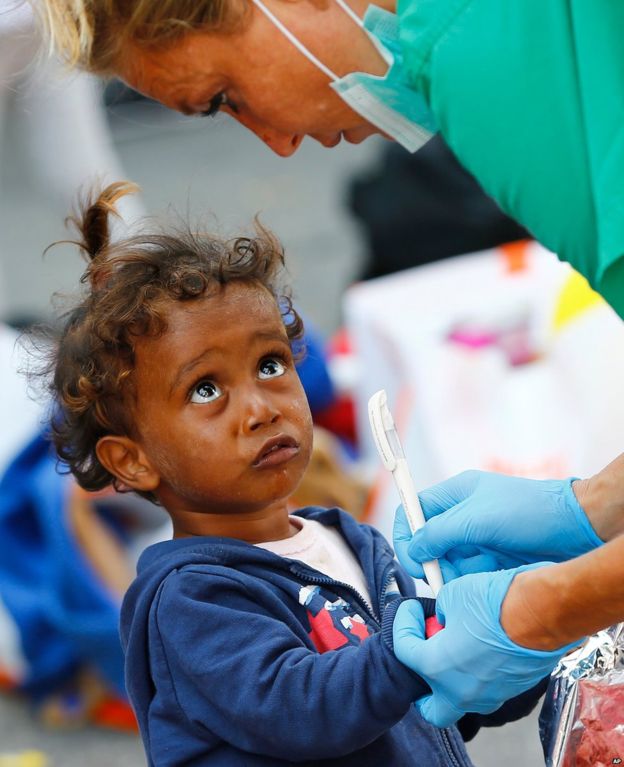
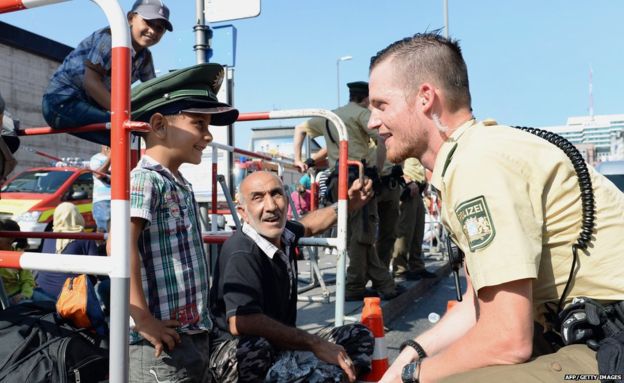
The Picture that Re-Humanized the Migration Crisis
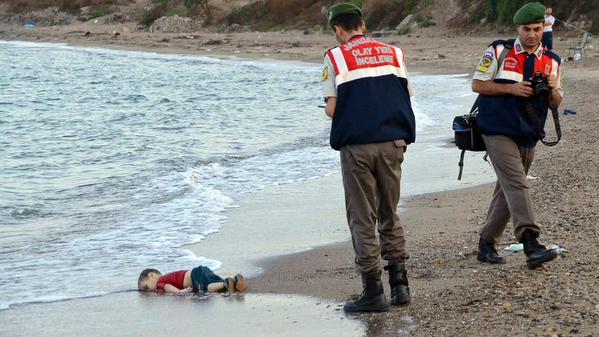
The last picture showing the lifeless body of Aylan Kurdi, a 3 year old Syrian boy, lying on a turkish beach has moved world citizens and European leaders (the New York Times published a powerful story about this image). Since the EU meeting in June, the EU (even though President Juncker and HR Mogherini have been active on the issue, but hardly visible) and its Member States have failed to agree on receiving asylum seekers and implementing real policies.
The migration crisis lost all of its humanity because of the national rhetorics. But the picture of Aylan appears to have been the shock necessary for European citizens and leaders. Even David Cameron, British Prime Minister, whom had used very derogatory words in regards of migrants seeking to reach the United Kingdom (read a piece on the issue here), responded by claiming that the UK will try to do more in the short and long term as it has a “moral responsibility.” During an address to the House of the Commons, David Cameron has announced that the UK will be re-settling 20,000 Syrians over the four and half years. “We will continue to show the world that this country is a country of extraordinary compassion,” said Cameron “always standing up for our values and helping those in need.” France and Germany have announced as well that they will be taking an additional 55,000 refugees over the next two years (24,000 for France and 31,000 refugees for Germany). François Hollande of France said that it was a “fundamental principle” of France to accept asylum seekers. But the British and French numbers are well below Germany’s.
In some way, the power of this picture has mobilized world public opinion and put pressure on European leaders to deliver at the up-coming EU interior and justice ministers meeting on September 14th. But an EU leaders meeting will be necessary afterwards to solidify the decisions. As the Eurozone crisis, the migration crisis highlights the lack of integration between a European asylum policy with 28 national migration policies. Until the European and national levels will either be merged or fully disintegrated, the migration and eurozone crises will not be fully solved.
If the world was not watching in May during the meeting setting the Agenda on Migration, it will be paying close attention in September. The EU and its Member States have to deliver by respect to European complex history and heritage, to European values, norms and principles, and by simple humanity.
Interview
Gabriela Esquivada of the Infobae contacted several experts, including myself, to reflect on the migration crisis, on its origins, its consequences and on European actions. Here is the link to the article (in Spanish): http://www.infobae.com/2015/09/06/1753338-por-que-medio-oriente-seguira-expulsando-refugiados
